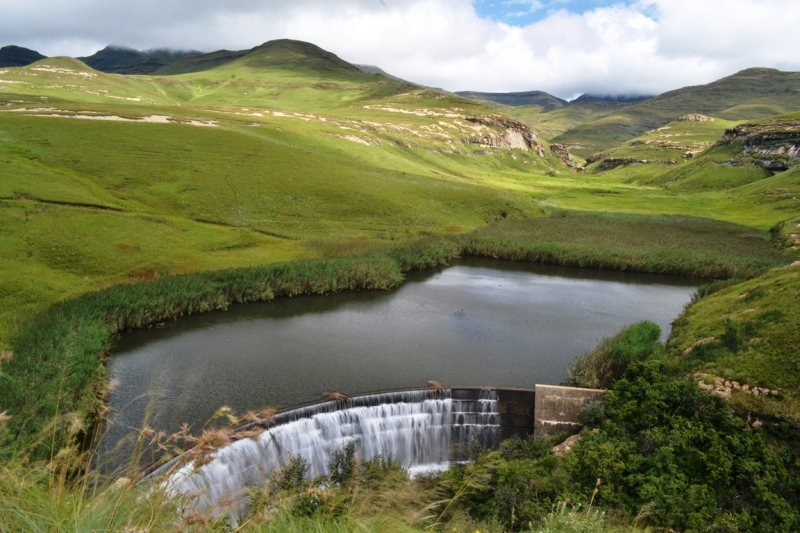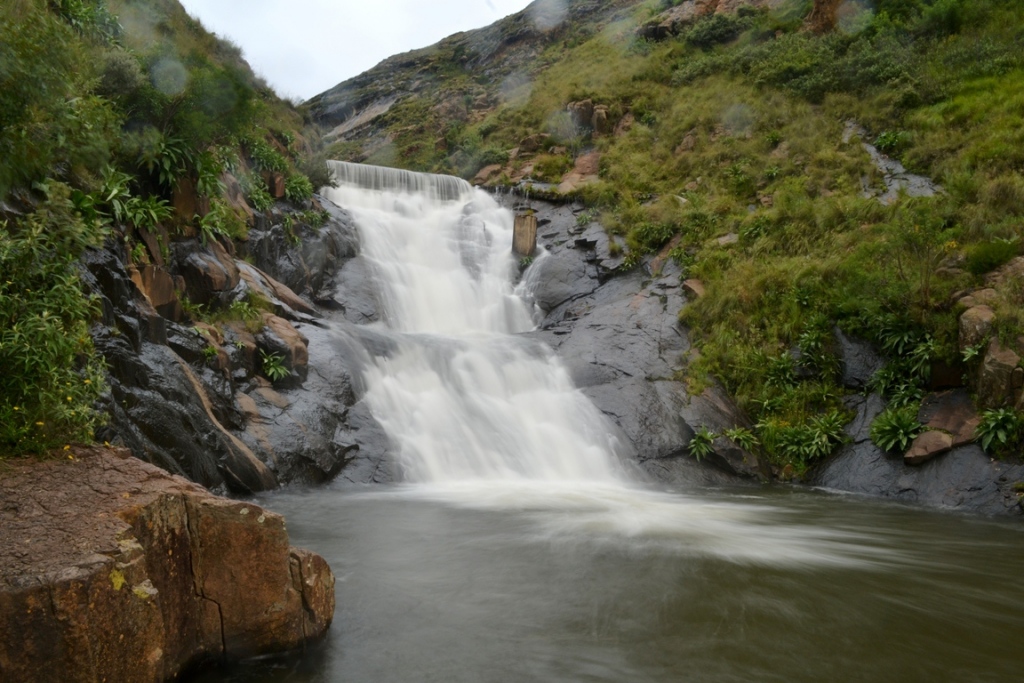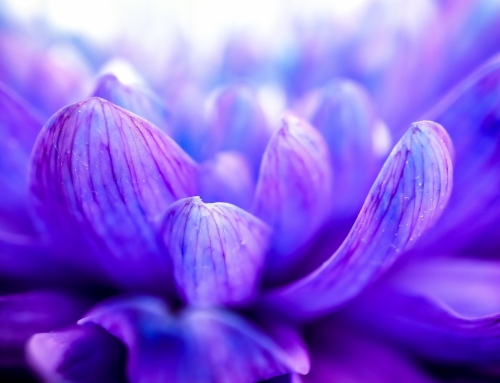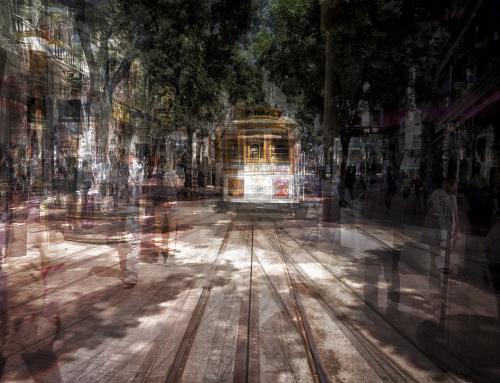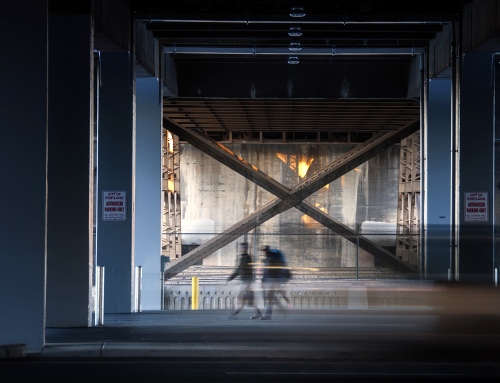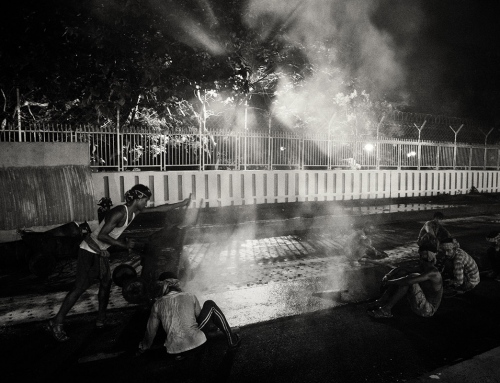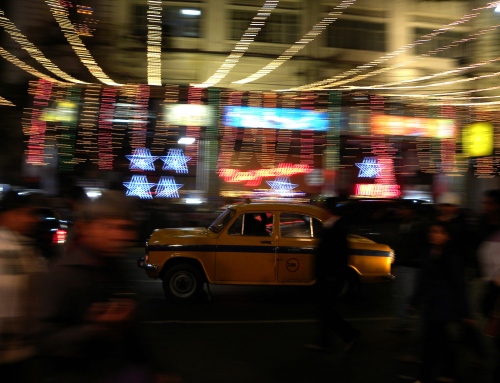Ever snapped that photo, but the result is a washed out mess or even too dark? While terms such as aperture, shutter speed and ISO might be foreign to you, they play a crucial part in getting exposure right – see them as important elements of a photography exposure triangle. Once you start understanding exposure, the results will come.
Aperture
Aperture is the first point on the photography exposure triangle, one of the important aspects of understanding exposure. Aperture in photography can be easily explained as the little hole in the camera lens that allows light to go into the camera. The smaller the hole, the less light enters. It is the same as your eye, or the pupil in your eye. In very bright conditions one often squints or your pupil goes smaller, keeping most of the light out. When it is darker, it is much easier to keep one’s eyes open.
In photography the aperture is indicated by the f-number. Now, for beginners this can seem slightly confusing, but the higher the number (f22), the smaller the aperture or opening, so it works the opposite way. Lenses with smaller numbers (f2.5) allow more light through, so you can use a slower shutter in lower light conditions. Once you understand this concept, you are a step closer to understanding exposure.
The amount of light entering your camera also controls your depth of field, so will be the difference between a blurry and a busy background. Small apertures place everything in focus, while large wide apertures isolate your subject.
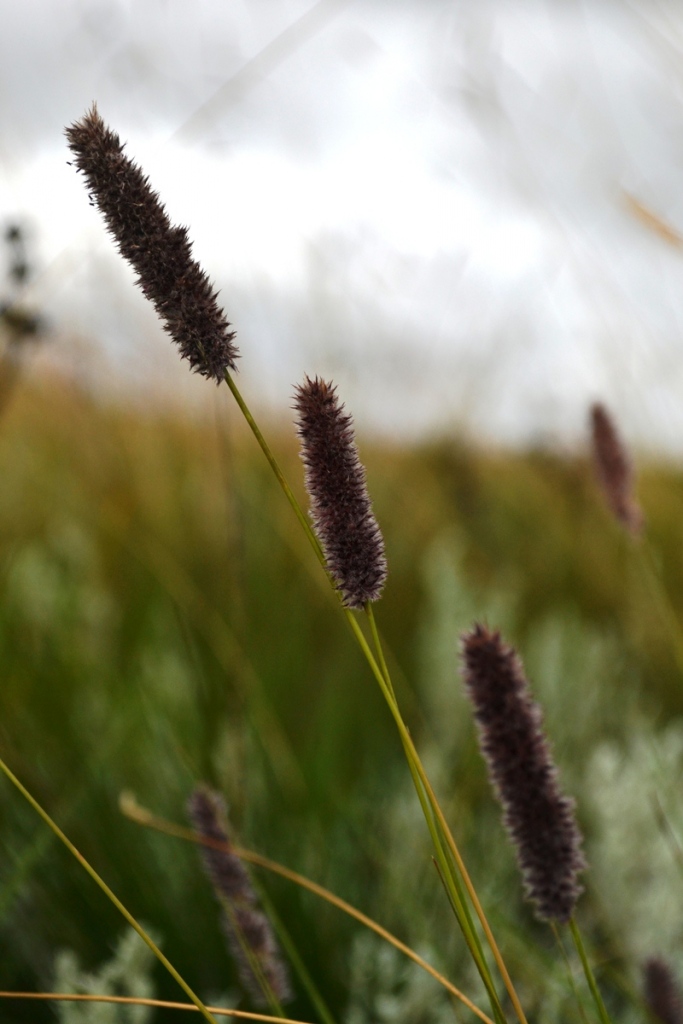
Grass up close with shallow aperture: When using a shallow aperture (low f-number), your background will be less busy.
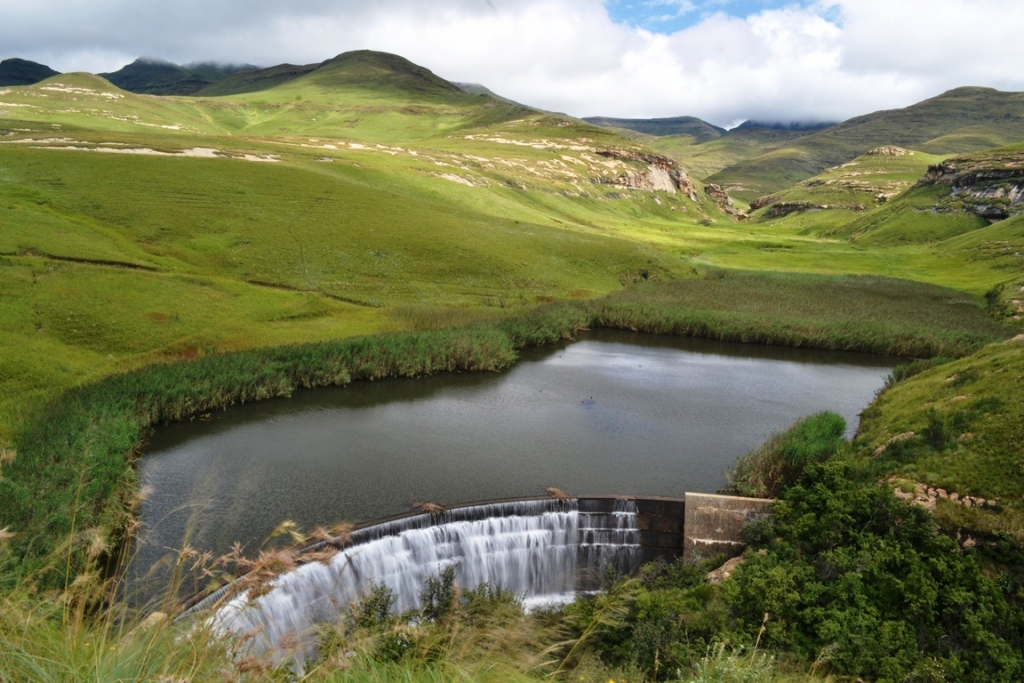
Dam landscape with wide aperture: This picture was taken at f22 which is a very wide aperture. The smaller lens opening leaves much more of the photo in focus.
Shutter speed
The second concept on the photography exposure triangle is shutter speed. This, or also the exposure time is the maximum amount of time that your camera sensor is exposed to light. If too much light enters, you will get bright, washed out images. Too little light in dark conditions can create dark or blurry images.
Shutter speed is always indicated in seconds but is displayed as 1/250, 1/125, 1/60 etc. At the same time, your camera can also go in the opposite direction where the measurement goes towards the second side for example 1 second, two seconds all the way up to 30 seconds. In low light conditions it will automatically be slower. It is also a great way to freeze motion, but remember to stabilize your camera.
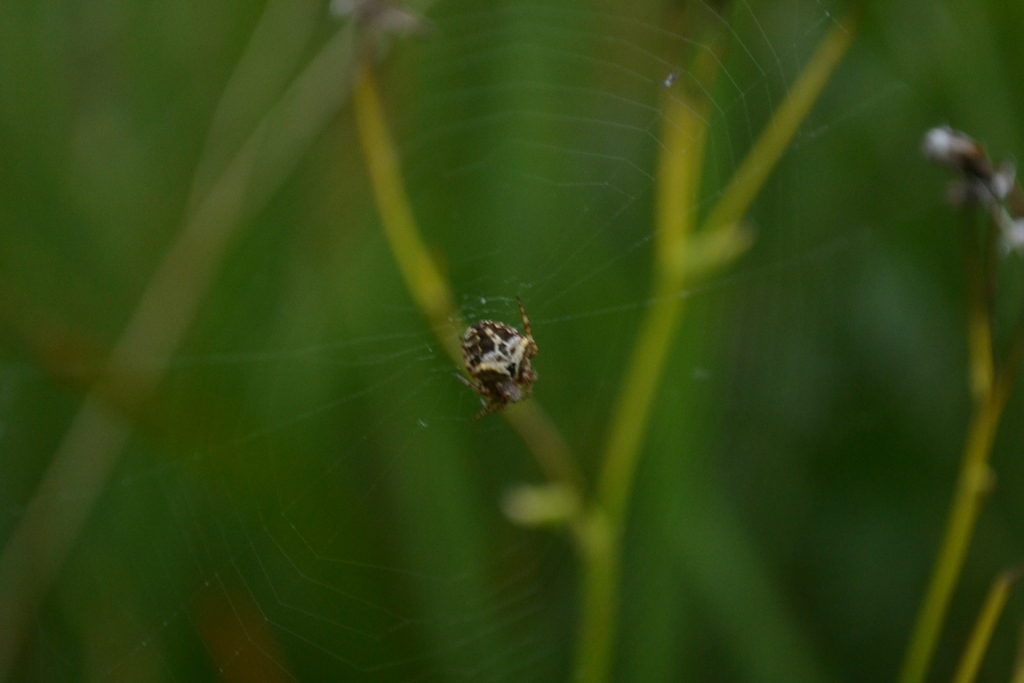
Blurry spider: This is the perfect example of the terrible results achieved when not enough light enters the camera.
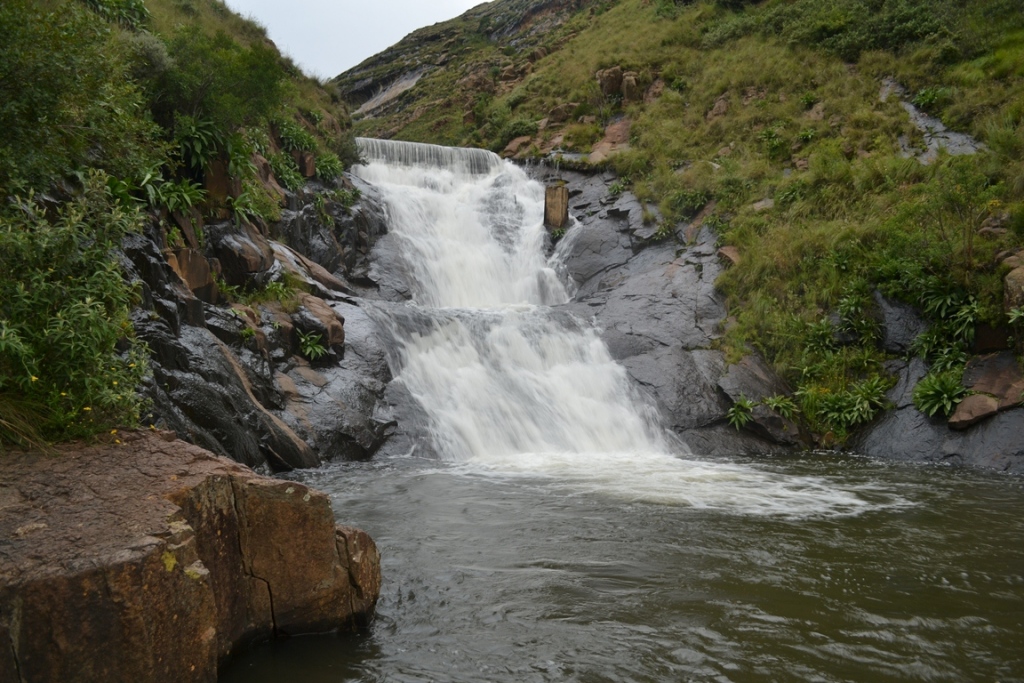
Waterfall with fast shutter speed: Snap the picture with the perfect exposure and this is the results you will get
ISO
In the old days this part of the photography exposure triangle was determined by the film you purchased. Today, you press a button. ISO is the camera’s level of sensitivity to light and is measured 100, 200, 400, 800 etc. The lower the number, the less sensitive your camera will be to light. Higher numbers double the sensitivity to light, but come at a price. Pictures can appear grainy. However, in lower light conditions you might have to play around with the ISO part of the photography exposure triangle if you don’t want to compromise on speed and your aperture is already wide. In sunny conditions you can stick to 100.
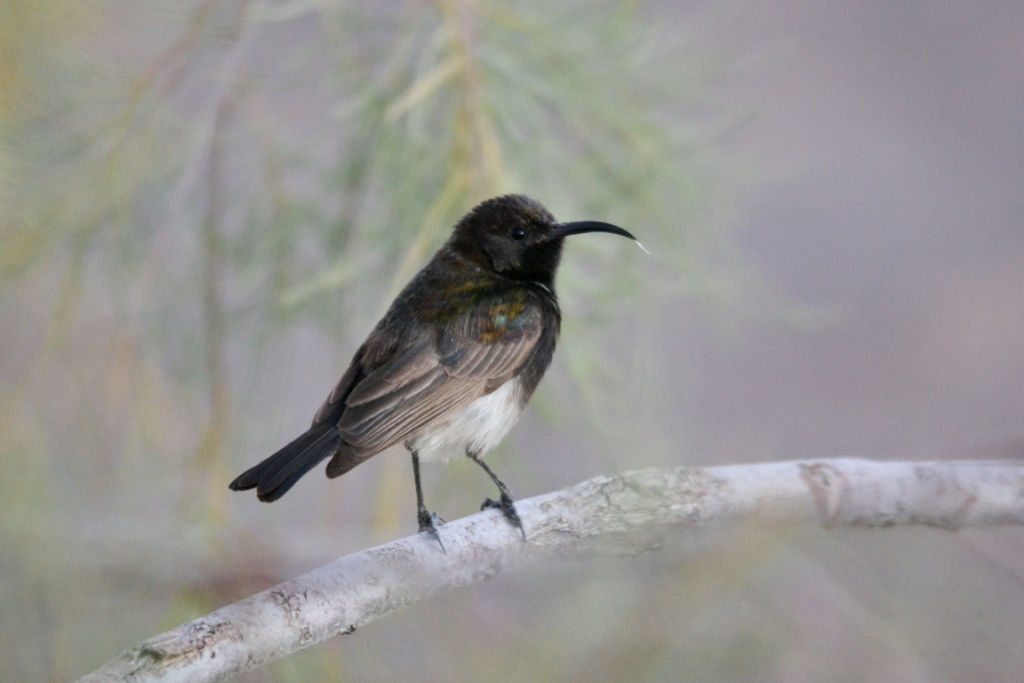
Sunbird in low light: Most people would not have taken the photo. It was after sunset, but I have never seen a dusky sunbird at the time, so I upped my ISO to 1600 and took the photo anyway, just as a record shot so I could identify the bird afterwards. It is not sharp at all.
TIP: Try the f16 sunny rule in perfect sunny conditions.
If you are daring enough and ready to take your photography to the next level without looking at your light meter, you can simply try these manual settings. It is called the sunny f16 rule (or sunny 16 rule). It is relatively simple. During daylight, all you have to do is set your camera’s aperture to f16. Then, if your ISO is 200, your shutter speed will be 1/200th of a second. If ISO IS 100, this should be 1/100th of a second.
Remember to use your light meter to get the correct exposure. Once you get those perfect shots, why not upload them on https://SlickPic.com for safe storage. While it is much more private and protected than most public sites, you can even share them with family and friends!
